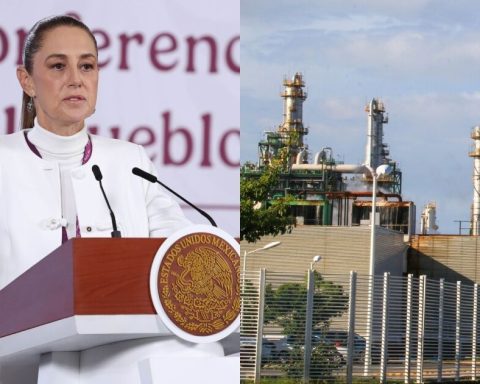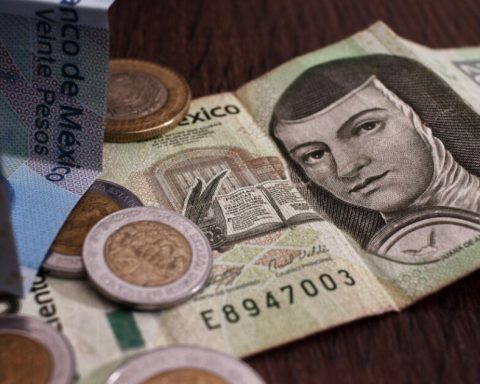Philip Lane, the ECB’s chief economist, and Fabio Panetta, another council member, said the measures taken by the central bank have not yet permeated the economy, calling respectively for “an open mind” and a “restrained approach”. for future measures.
“Most of the effects of our tightening are yet to come,” Panetta said at an event in London. “This means, for example, that the current tightening in the credit market (…) will probably compress consumption and investment in the coming months.”
He estimated that headline inflation in the euro zone could fall below 3% by the end of the year if falling energy prices continue, from 8.5% last month.
Later, Lane said that the ECB’s tightening has reduced inflation by around 1.2 percentage points this year in 2023, and by 1.8 percentage points in 2024, but that “much of the effect was still in the making.”
He also listed a number of reasons why the impact of ECB monetary policy may be delayed, from high household savings to a higher share of fixed-rate mortgages than at the time of the last tightening cycle.
Earlier in the month, the ECB raised its benchmark rate by an unprecedented 50 basis points, announcing another hike of the same magnitude for March 16.
Panetta, Italy’s appointee to the ECB council, called for a rate cut starting in March.
“By smoothing our policy rate hikes—that is, moving in small steps—we can ensure that we calibrate both more accurately in light of incoming data and our reaction function.”
These comments clashed with some of his colleagues north of the Alps, such as the Dutchman Klaas Knot and the German Joachim Nagel of the Bundesbank, who called for more large increases.
Financial markets expect the ECB to raise the rate it pays on bank deposits to at least 3.5% before the summer, from the current 2.5%.
In addition to raising rates and phasing out cheap loans to banks, the ECB has stopped replacing some of the maturing bonds in its 5 trillion-euro ($5.34 trillion) portfolio, amassed during eight years of quantitative easing.
According to Lane, cutting those holdings by half a trillion over three years would only reduce inflation by 0.15 percentage points and growth by 0.2 percentage points.















